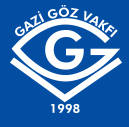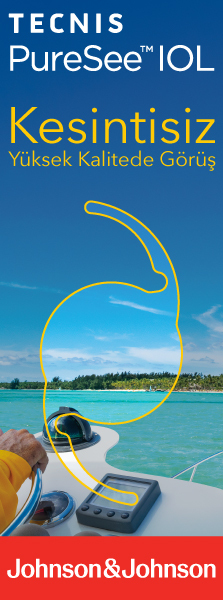Retina-Vitreous
2025 , Vol 34 , Num 2
Efficacy of conventional and hyperbaric oxygen therapy on central retinal artery occlusion: What is the critical time?
1İzmir Katip Çelebi University Faculty of Medicine, Ophthalmology, Izmir, Türkiye2Izmir Katip Çelebi Üniversitesi Atatürk Eğitim ve Araştırma Hastanesi, Eye Clinic, Izmir, Türkiye
3İzmir Katip Çelebi University Faculty of Medicine, Bioistatistic, Izmir, Türkiye DOI : 10.37845/ret.vit.2025.34.20 Purpose: To investigate the clinical results and efficacy of conventional medical therapy and hyperbaric oxygen therapy (HBOT) in patients with central retinal occlusion (CRAO). Methods: This study employed a single-center, non-randomized, retrospective case-control design, involving 29 patients with non-arteritic CRAO. Massage, topical and systemic oral hypotensive treatments, and acetylsalicylic acid (conventional therapy) were applied to all patients. Seventeen cases also received 20 sessions of HBOT, a protocol chosen based on previous studies and clinical experience. Clinical outcomes and complications of the cases were evaluated before and after treatment. Results: In Group 1 (HBOT group), one or more visual improvements were observed in 12 (70.6%) of 17 patients. In group 2 (non-HBOT group), one-line visual improvement was detected in 2 (16%) of 12 patients. The mean improvement increased from 2.3±0.7 log MAR to 1.6±0.7 (p=0.001) in 12 (70.5%) patients if HBOT was initiated within 48 hours. When patients underwent HBOT within 24 hours (≤ 16 hours), the visual acuity of 58.8% (10 patients) showed a mean improvement of log MAR from 2.6 ± 0.4 to 1.8 ± 0.5 log MAR (p = 0.0001) in Group 1. Analysis of the ROC curve demonstrated that HBOT was correlated with improvement of visual acuity (Log MAR), with 64.7 % sensitivity and 100 % specificity Conclusion: Although our study yields promising results, it is essential to acknowledge that no medical treatment modalities are currently based on conclusive evidence. HBOT shows potential as supportive care until retinal reperfusion. The results of our study suggest that devastating visual loss can be prevented if HBOT starts as early as possible, within 16 hours. However, further randomized clinical trials are required in large series to understand and fully harness the potential of HBOT, highlighting the ongoing research in the field. Keywords : Fundus fluorescein angiography, hyperbaric oxygen, retinal artery occlusion, retinal ischemia, visual acuity





